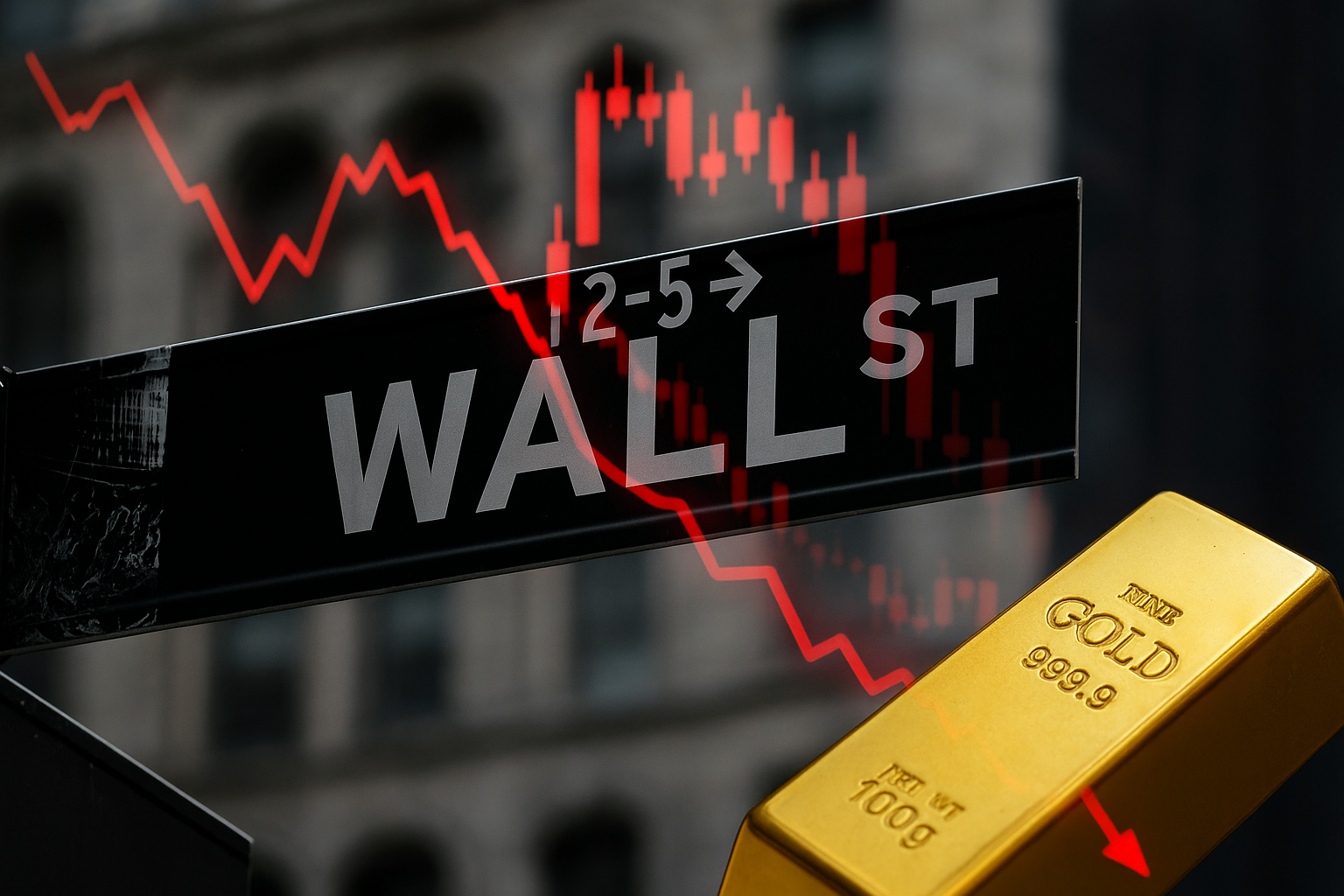September has returned, and history suggests it rarely brings good news for stocks. Wall Street investors have learned this lesson too many times to ignore. Data from Dow Jones shows the Dow, S&P 500, and Nasdaq consistently post their worst monthly performance during September. The timing is unsettling because August ended with records across U.S. benchmarks. The S&P 500 topped 6,500, and the Dow Jones closed at new highs. But investors know better than to celebrate. This month is already driving traders into safer assets and away from U.S. equities.
Wall Street Turns to Foreign Banks for Shelter
As fear spreads, Wall Street managers are moving billions into international banks. Lazard Asset Management is leading the charge with its $422 million International Dynamic Equity ETF. The fund has tilted heavily toward European names like BNP Paribas, Societe Generale, and Barclays. Japanese and Indian banks are also gaining allocations, thanks to stronger balance sheets and attractive dividend yields. The strategy reflects frustration with U.S. tech valuations, which many believe have run too high. By contrast, European financials look cheap, while delivering consistent payouts. The shift shows how investors are favoring stability abroad over growth at home.
Gold Shines as Investors Seek Protection
Gold is once again playing its traditional role as a safe haven. Canadian miners such as Barrick Gold and Kinross Gold have surged, gaining 72% and 125% this year. Lazard’s ETF has added these names to hedge against rising risks in currencies and interest rates. Gold’s appeal is simple: it offers protection when markets are unpredictable. This September, with geopolitical tensions, dollar weakness, and fragile economic data, investors are unwilling to leave portfolios exposed. Analysts stress that even a small gold allocation can cushion shocks when equities stumble. That lesson is driving capital into miners, reinforcing gold’s role as a key hedge.
Winners and Losers in September’s Stock Market
The sector picture this September is split. European banks are the biggest winners, reaching their highest levels since 2008. Germany’s Commerzbank, for example, has climbed more than 100% this year, boosted by strong earnings and deal momentum. Meanwhile, media stocks are the clear losers. Advertising giant WPP has seen profits plunge by 71% and has cut its full-year forecast. Analysts point to artificial intelligence as both a disruptor and a threat to traditional media models. This divergence highlights the uneven nature of today’s equity markets, where winners soar while others collapse under pressure.
Outlook Beyond September
The short-term outlook for stocks remains cloudy, but opinions differ. Some strategists believe markets will hold up as corporate earnings remain strong and central banks ease policy. UBS expects an economic soft landing, backed by steady growth and lower rates into next year. But others urge caution. Economists warn that recent U.S. growth is misleading, flattered by one-off trade effects and tariff timing. Barclays predicts a slowdown through the rest of 2025, with a rebound more likely in 2026. For now, September keeps its reputation intact. Wall Street remains cautious, leaning on banks and gold to ride out the storm.
